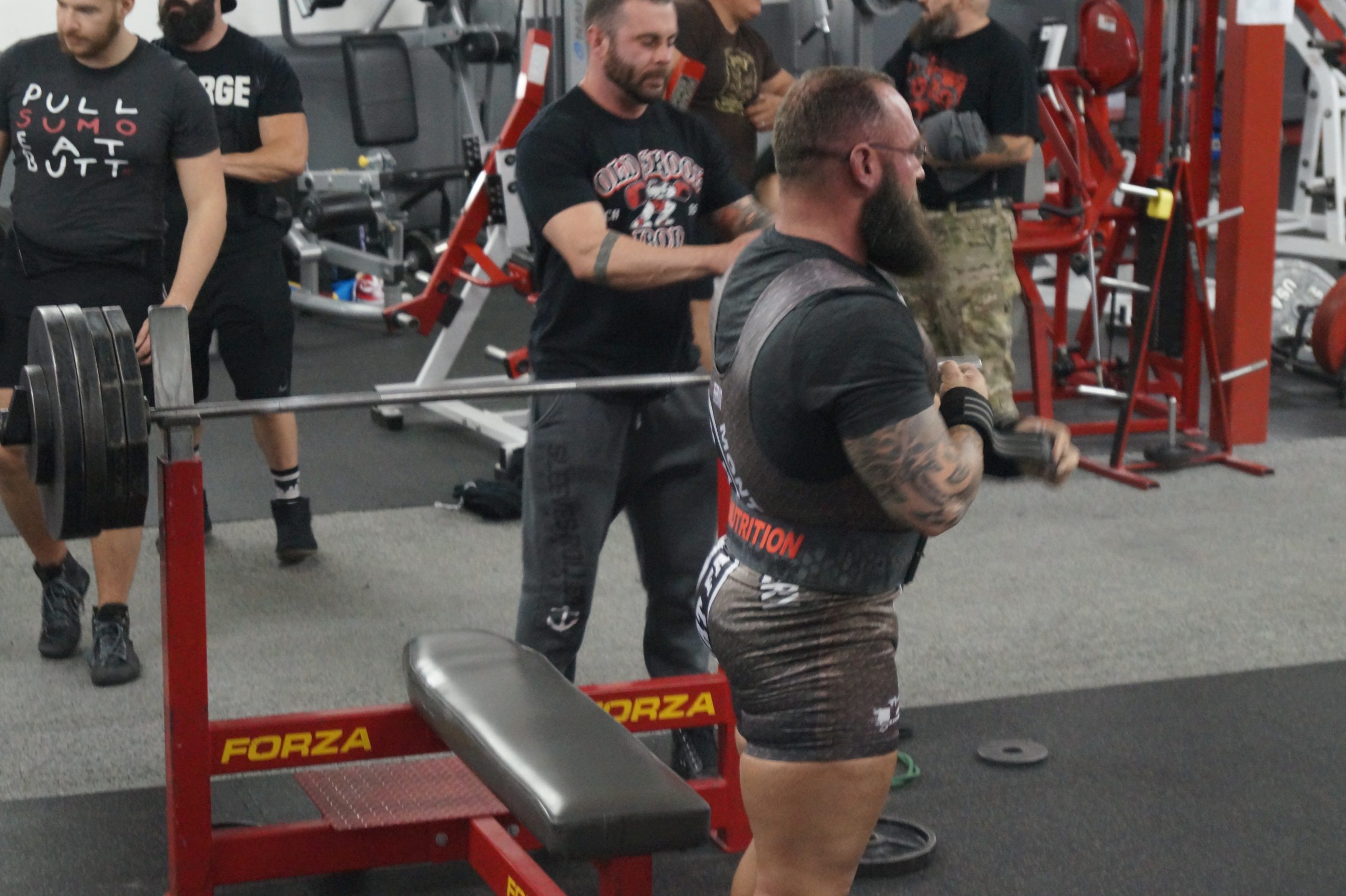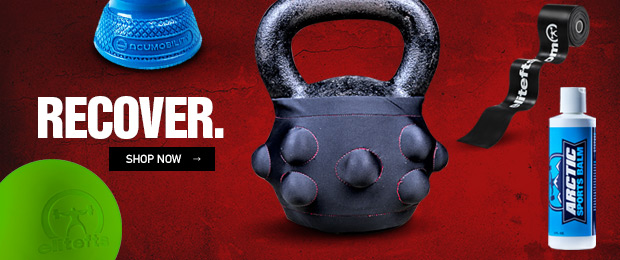
One of my nutrition clients just had surgery to repair a torn lateral quad tendon. When an injury occurs especially one to this magnitude you want to go into a preventative approach. Some of the things I look at is energy balance, protein requirements, and inflammation. With an injury like that he will spend a lot of time not being as active as he once was, so it is my job to make sure he is consuming enough calories to maintain weight and not too much to where he is gaining weight. The weight gaining process is taxing on the body, essentially you are overfeeding it to force it to grow. This could affect your digestion, increase stress throughout your body, and increase inflammation depending on the diet approach you take. So the ideal situation is to make sure the athlete is eating enough food to maintain weight.
Since he is not as active we can reduce his carbohydrate amount significantly which is a good thing anyway because a lot of carbohydrates can cause inflammation within the body. Your body is already inflamed due to surgery and the injury so we want to try to reduce that as much as possible so that the body has a better chance to heal faster. We reduce the carbs and add in a ton of healthy fats from krill oil, fish oil (high in EPA and DHA), Extra Virgin Oil, and avocados. These have all been proven to help reduce inflammation within the body. With reduced inflammation, the body will heal faster.
Protein is a huge requirement for any athlete but it becomes even more important when dealing with an injury. We want to increase protein consumption to 2-2.5g per kg of body weight, https://www.ncbi.nlm.nih.gov/pmc/articles/PMC4672013/
This is crucial due to the immobilization of the athlete which can lead to muscle atrophy. So an increase in protein will help combat that and since protein is the main building blocks of muscle, once the athletes start moving in the slightest bit will be great for starting to rebuild the atrophied area.
These steps are crucial in the initial stages of an injury to ensure that the recovery process is as optimal as possible so when the athlete does return to activity he or she is not too far behind.









